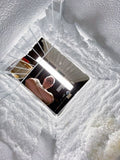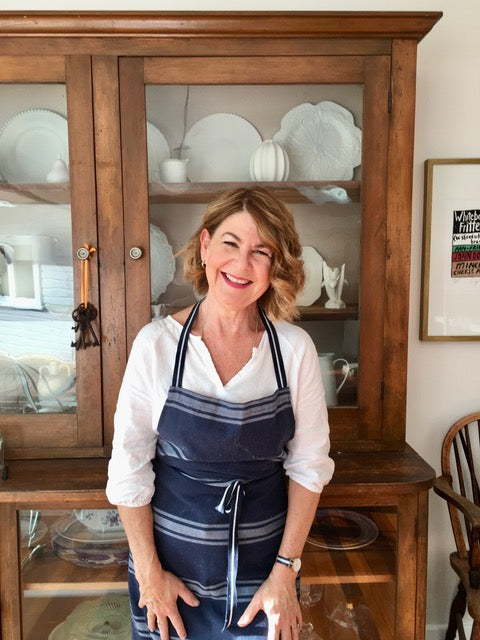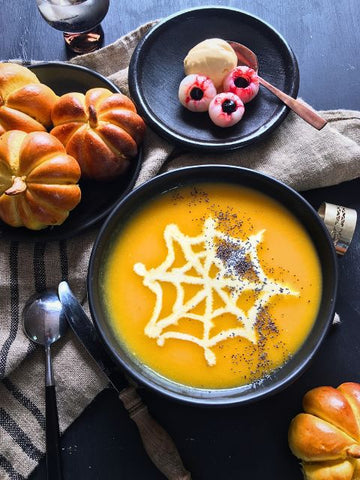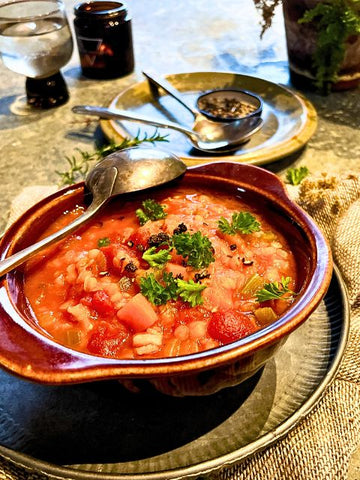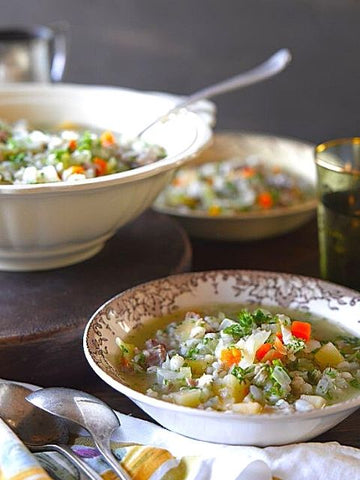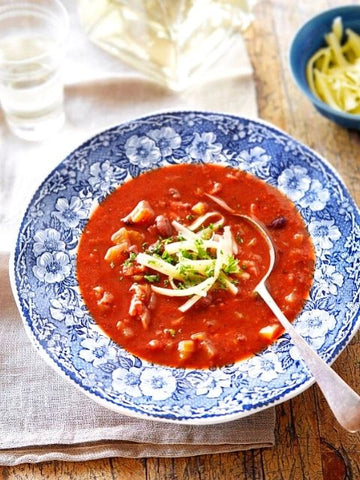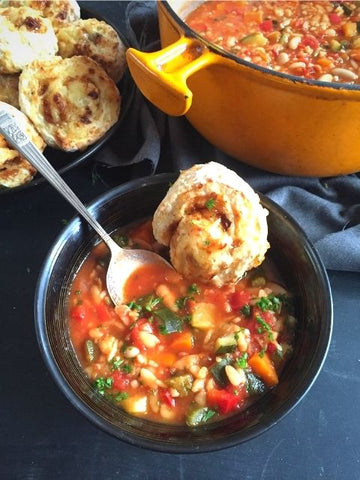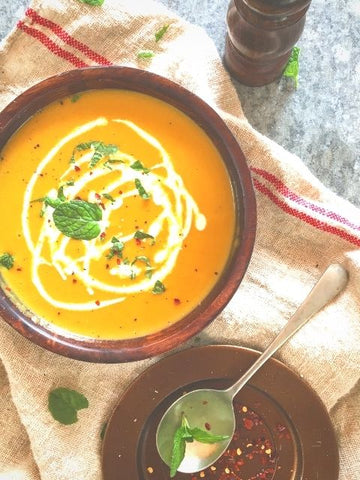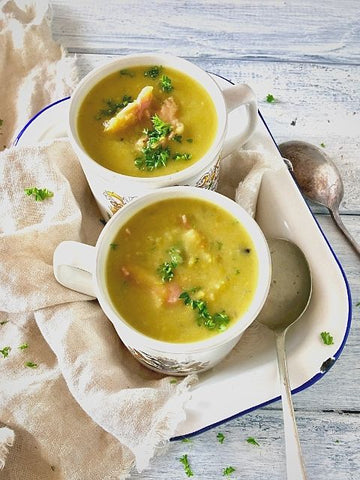What Foods Can You Freeze?
Since the freezing process may affect the texture of some foods not all are suitable for freezing.
What happens when you freeze food?
Freezing involves changing the liquid content in a food to ice; Freezing slows the process that causes food to breakdown, holding it in suspension, and retaining the colour, flavour and nutritional content of the food.
Which foods can I freeze?
Fruits or vegetables with high water content or a delicate cell structure do not freeze well. These include lettuce, tomatoes, watermelon, citrus fruit sections and cucumbers.
Most other foods can be frozen with varying degrees of success. Some foods will change in texture but are still very much useable – tomatoes and frozen capsicum halves for example will be soggy when defrosted but are excellent in pasta sauces, goulash on pizza’s etc. Potato soup may be gluey when defrosted but mashed potato on top of cottage pies is fine- go figure!
Sauces and gravies thickened with flour or cornstarch frequently separate and break down when frozen. Modified starches used in commercial frozen foods are not generally available in retail form so for best results, freeze the stock for gravy un thickened and add thickener when you reheat it.
The freezing process may affect the texture of some foods;
Cooked egg whites tend to get rubbery when you freeze them, if you want to freeze a mixture containing cooked egg white chop it finely.
Mayonnaise breaks down when frozen so use a salad dressing instead, if making sandwiches for freezing beware, jam soaks into the bread – frozen jam sandwiches are nasty.
Cakes iced with butter icing freeze well but whisked egg-white based icings do not.
Milk freezes well and so do most natural cheeses but they may crumble more when you thaw them.
Yoghurt may destabilise and loose its creamy texture, if so, excess whey can be poured off or stirred in. I just freeze the yoghurt in Popsicle moulds and the kids eat it frozen, that way there are no detectible changes and surplus yoghurt doesn’t go to waste.
Do I have to blanche food for freezing?
Some foods are significantly improved by blanching before freezing.
In other words pop them into boiling water for 2- 3 minutes to arrest the enzyme activity that causes food to ripen, then plunge the item into cold water and drain. The blanched food can them be spread out on a tray to freeze. When frozen place into a clean bag or container and you have "Free flow frozens"
Blanche vegetables such as sweet corn, broccoli, cauliflower, carrots, peas and beans.
Blanching is not required for foods such as berries; capsicums halved with the seeds removed and chillis.
Can I freeze cooked vegetables?
Semi preparing vegetables can save time and money. Sauté mushrooms or courgettes in butter and freeze, or mash avocado with lemon juice to use when they are out of season. Sauté onions and garlic and freeze, make pesto and freeze in ice cube trays and freeze surplus tomato paste so it doesn’t go to waste.
Mash potatoes and freeze in small mounds, use individual mounds as required to top casseroles
Freeze stuffed jacket potatoes by wrapping tightly in cling film
Can I freeze fruit?
Freezing is a great way to store surplus fruit. To freeze fruit prepare it quickly in small quantities, wash it in cold water, a little at a time, to avoid bruising, an antioxidant like lemon juice or ascorbic acid dissolved in water will help prevent discolouration. Prepare as you require it for serving – stewed, sliced, mashed, whole then pack in appropriate serving sizes and freeze promptly, or cover fruit in a sugar syrup made from 1 cup of sugar to 3 cups of water and freeze fruit in the syrup. If using rigid containers allow room for expansion. You may get "off" flavours when you use iron or chipped enamelware utensils, use containers designed for freezer use.
What causes freezer burn?
Freezer burn is a brownish discolouration caused by moisture loss; it’s not dangerous but does make the food less appetising. To avoid freezer burn, squeeze or suck (if you are brave enough) excess air out of plastic bags and seal them tightly. If using containers, eat the food within a reasonable time frame or freezer burn will occur on the surface.
How can I use my freezer more efficiently?
A full freezer uses less power than an empty one – pack empty space with plastic bottles filled with water, this will keep the power usage down and help keep everything frozen in the event of a power outage- a full freezer may remain frozen for 2 days or so, a half full freezer will start to defrost within 24 hours. In the event of a power outage insulating the freezer with spare blankets and Quilts will trap the cold inside, slowing down the defrosting process.
How long can I keep frozen foods for?
Frozen foods have a shelf life, these are approximate storage times, if you keep meats solidly frozen they will remain safe to eat well beyond the recommended time, however, they may show quality changes like rancid off-flavours in the fats or dryness from freezer burn.
- Fruits can be stored for 12 months,
- Vegetables 6-12 months.
- Roasts and whole poultry 6 - 12 months
- Steaks and chops 4-6 months
- Minced or ground meats or stewing meats 3-4 months
- Baked yeast bread, scones and rolls are best used within 3 months
- Unbaked yeast bread dough within one month or less – Unbaked dough’s may require more yeast than usual as freezing will damage some yeast cells
- Un-iced cakes also freeze well, but storage times vary. Store angel food, chiffon or sponge cake 2 months
- Cheesecake 2 to 3 months, chocolate cake 4 months, and fruit cake up to 12 months
- Nuts also freeze well; salted nuts from 6 to 8 months and unsalted from 9 to 12 months
Thaw frozen meats in the fridge, thawing at room temperature gives surface bacteria a better chance to multiply.
If possible freeze cooked soups and stews flat in resealable bags. They stack neatly taking up less space, the absence of air protects from freezer burn and they defrost much more quickly than a big frozen lump.

Bags have the added advantage that you can see what is in them avoiding the unfortunate experience of defrosting what you think is a casserole only to find its raw diced beef.

